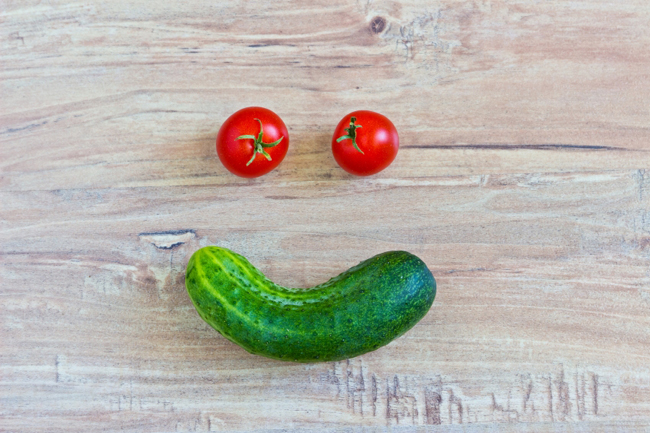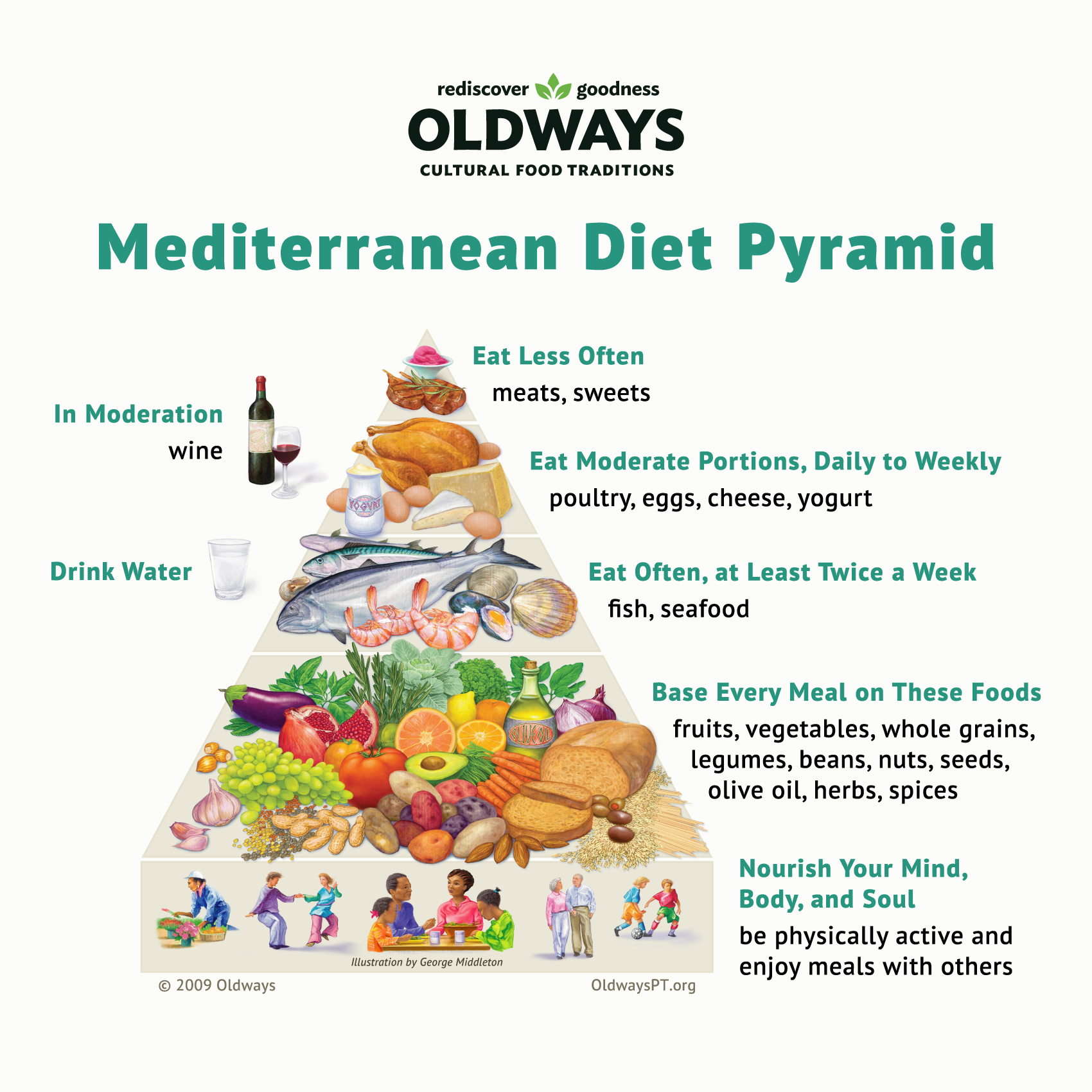Share This
More than a decade ago Jane Brody wrote two columns about Optimism in the Health Section of The New York Times. The first column posited that there are many good things that happen when you surround yourself with optimism. The second article was a commentary on the reactions to the first column, entitled, “How to Make Optimism Work for You.”
The gist of her two articles was the power of optimism to bring greater happiness and health to each of our lives. In addition to health and happiness, imagine the good things to be done without all the time and energy spent on griping, complaining, stewing, feeling dissatisfied. While we’re all entitled to a little bit of whining, the real question is….do you view the glass half empty or full? Do you believe, like the Boylan Sisters in the musical Annie, “you’re not fully dressed without a smile?”
However, rather than an abstract concept – general cheeriness, “the sun will come out tomorrow” and all that stuff (or even a lack of complaining) — we’re thinking mostly about optimism, food and the daily rhythm of life. For example, positive change is most likely come about with an optimistic, joyful perspective on putting food on the table for yourself, your family and friends. Think pleasant, not drudgery. We like to think about meals (and dishes) as learning, loving and nurturing—a priority for ourselves and the people we care about. What better way to love ourselves and others!
We call it joy and the daily rhythm of life.
You may consider this Pollyana (another young girl’s movie!). We don’t. Flipping your perspective of shopping and cooking from a tedious chore to a fun and meaningful experience– a happy optimist – has the power to transform your life, your health and add happiness as you enjoy a meal that was prepared with care, around the table with your family and friends.
Joy and togetherness around the table are not new concepts. When people think about the Mediterranean Diet, they often think of the wonderful foods associated: olive oil, vegetables, fruits, nuts, legumes, and of course wine! But review the Mediterranean Diet Pyramid (and in fact, all heritage diet pyramids) and you will see people pictured at the bottom sharing a meal and being physically active. Sharing a meal together, or conviviality, is the foundation of bringing families and communities together; it has demonstrated positive benefits on both physical and mental health. Those who eat alone have a tendency to consume fewer fruits and vegetables and have a higher intake of fast foods than those who share a meal together. [1] Additionally, families who share meals together have a tendency to have lower rates of obesity. [2] Finally, shared meals also demonstrate lower reported symptoms of depression and anxiety in adolescents! [3] Clearly, sharing a meal together can enhance the feeling of togetherness as well as an increase in the joy of food. For some joyful recipes, check out the suggestions below and visit our recipe library!
Some foods that spark joy for us are juicy fresh fruits, al dente pasta drizzled with olive oil and seasonal veggies, fresh herbs from the garden to garnish our favorite dishes, crusty whole grain bread, and traditional cheeses!
What ingredients and recipes bring you happiness and joy? Do you have any traditional foods from your culture that evoke happy memories?
References:
[1] Chae W, Ju YJ, Shin J, Jang SI, Park EC. Association between eating behaviour and diet quality: eating alone vs. eating with others. Nutr J. 2018;17(1):117.
[2] Utter J, Scragg R, Schaaf D, Mhurchu CN. Relationships between frequency of family meals, BMI and nutritional aspects of the home food environment among New Zealand adolescents. Int J Behav Nutr Phys Act. 2008;5:50.
[3] Agathao BT, Cunha DB, Sichieri R, Lopes CS. The role of family meal frequency in common mental disorders in children and adolescents over eight months of follow-up. PLoS One. 2021;16(2):e0243793.
Want biweekly Heritage Diet information and recipes in your Inbox? Sign up for our Fresh Fridays newsletter by clicking the Subscribe button at the bottom of this page!





Add a Comment